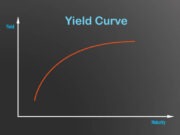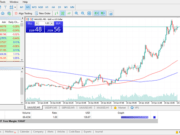
Many people get confused when it comes to the terms ex ante and ex post. These two phrases sound a bit jargony, but they are essential to know if you want to make an informed decision. Both of these terms are related to decisions, but they differ based on the timing of the decision-making process.
By understanding the difference between ex ante and ex post, you can make better decisions in your personal or professional life. This article will provide you with everything you need to know about ex ante vs ex post.
Ex Ante
Ex ante is a Latin term that stands for “before the event.” This term is used in situations where you have to make a decision before you have any information regarding the future outcome. For example, when you decide to invest in the stock market, you cannot predict what will happen in the future. However, you still have to make a decision based on the information that is available to you. In such a scenario, you would use ex ante analysis to estimate the expected outcome of your decision.
Ex Post
Ex post is a Latin term that stands for “after the event.” This term is used in situations where you have to make a decision after the event has already taken place. In such a scenario, you have information regarding the future outcome, and you can use this information to make a decision. For example, when you want to evaluate the effectiveness of a marketing campaign, you would use ex post analysis to measure the actual outcome of the campaign.
Key Differences
Ex ante and ex post differ in terms of timing, information, and decision-making. Ex ante analysis is conducted before making a decision, and you have limited information regarding the future outcome.
In contrast, ex post analysis is conducted after the event has taken place, and you have complete information regarding the actual outcome. When it comes to decision-making, ex ante analysis is used to estimate the expected outcome, while ex post analysis is used to evaluate the actual outcome.
Use Cases
Ex ante analysis is used when making decisions regarding investments, product development, or any other situation where you have to make a decision before having complete information. Ex post analysis is used when evaluating the effectiveness of a marketing campaign, assessing the impact of certain policies, or any other situation where you have access to complete information.
In conclusion, ex ante and ex post are essential terms to know when it comes to decision-making. Ex ante analysis is used when you have to make a decision before having complete information, while ex post analysis is used to evaluate the actual outcome. These two terms differ based on timing, information, and decision-making. By understanding the difference between ex ante and ex post, you can make better decisions in your personal or professional life.


































